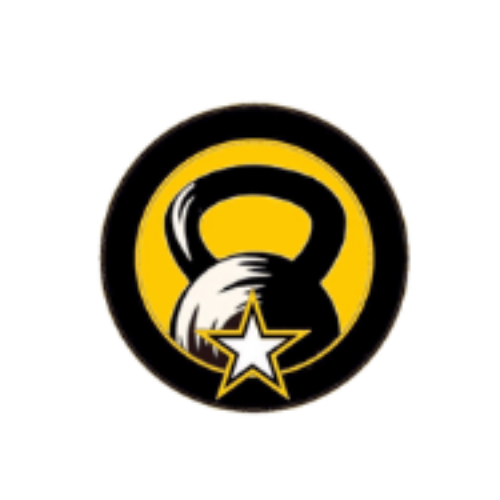The bear crawl is a full-body exercise that engages multiple muscle groups and promotes coordination and stability. Here are step-by-step instructions for performing a bear crawl:
Video Instructions on How to Do Bear Crawls
Muscles Targeted:
- Core muscles
- Shoulders
- Arms
- Quads
- Hamstrings
- Glutes
Instructions:
- Starting Position:
- Begin on your hands and knees on a mat or a soft surface. Ensure that your wrists are directly under your shoulders, and your knees are under your hips.
- Hand Placement:
- Spread your fingers wide for better stability. Your hands should be shoulder-width apart.
- Knee Position:
- Lift your knees slightly off the ground, so they are hovering just a couple of inches above the surface. This is your starting position.
- Back Position:
- Keep your back straight, and engage your core to maintain a neutral spine. Avoid arching or rounding your back.
- Movement:
- Begin crawling forward by moving your left hand and right foot simultaneously, then your right hand and left foot. The movement should be diagonal, similar to how a bear moves.
- Opposite Limb Movement:
- Coordinate the movement of your opposite hand and foot to maintain balance and stability.
- Small Steps:
- Take small, controlled steps to avoid overextending and losing balance. The bear crawl is not about speed; focus on maintaining proper form.
- Head Position:
- Keep your head in a neutral position, looking down towards the ground, to maintain proper alignment with your spine.
- Maintain a Low Position:
- Keep your hips low to the ground throughout the exercise. This engages your core and lower body muscles more effectively.
- Backward Bear Crawl (Optional):
- Once you’re comfortable with forward bear crawls, you can try crawling backward to challenge your coordination and muscle control.
- Duration:
- Perform the bear crawl for a specific duration (e.g., 30 seconds to 1 minute) or cover a set distance, depending on your fitness level.
- Rest and Repeat:
- After completing the bear crawl, take a short rest, and repeat for the desired number of sets.
Tips:
- Focus on controlled, deliberate movements rather than speed.
- Keep your core engaged to stabilize your body.
- If you’re new to bear crawls, start with short distances or durations and gradually increase as your strength and endurance improve.
- Pay attention to your form to prevent unnecessary strain on your wrists and lower back.
As with any exercise, it’s advisable to consult with a fitness professional or healthcare provider, especially if you have any pre-existing conditions or concerns about your ability to perform the exercise safely.



